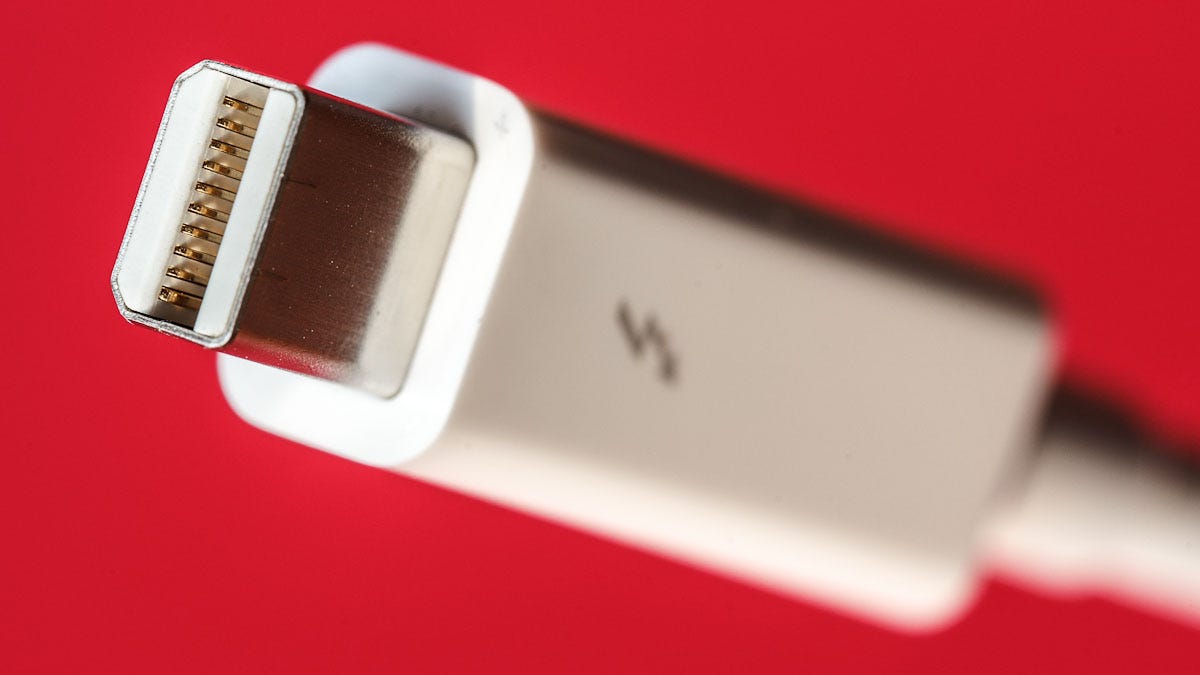Apple's Thunderbolt cable gets a price drop, shorter version
One of Apple's priciest peripheral cables is now slightly less expensive, and it has a stubbier sibling.

Apple has quietly dropped the price of one of its most expensive accessory cables, along with releasing a shorter, cheaper model.
The company now sells its $49, 2-meter Thunderbolt cable for $39. There's also a new 0.5 meter version (that's 1.64 feet) for $29, notes 9to5mac.
Thunderbolt is the input/output technology that brings transfer speeds that exceed what is currently available with USB 3.0 (though not for long), as well as extending that speed across several devices at once. The port was introduced following a collaboration between Apple and Intel in early 2011, and is now found on nearly all of Apple's computers, save the Mac Pro tower.
One of the most expensive aspects of creating the cables is that they make use of active electronics, something that's proved difficult for third parties to create less expensive versions of at competing lengths. Kanex, for example, makes four sizes of Thunderbolt cable up to 3 meters but had its 2 meter version on sale for the same $49 price as Apple.
The price changes, while minor, come at a time when third-party companies are gearing up mass production of optical Thunderbolt cables that promise to deliver lengths of up to 30 meters. That's as opposed to the current, copper Thunderbolt technology, which must remain shorter but that can supply 10 watts of power to connected devices. Worth noting is that those newer optical cables will require optical Thunderbolt ports.

